
In our sacrament meeting today, the ward choir performed “Be Still, My Soul.” The words were translated by Jane Borthwick (1813-1897) from the original German of Katharina von Schlegel (b. 1697), and the exquisite music (from Finlandia) was written by the Finnish composer Jean Sibelius (1865-1957). If you’re unfamiliar with it, you can listen to one or more versions online, including a performance by the Tabernacle Choir at Temple Square:
Be still, my soul; the Lord is on thy side;
bear patiently the cross of grief or pain.
Leave to thy God to order and provide;
in every change He faithful will remain.
Be still, my soul; thy best, thy heav’nly Friend
through thorny ways leads to a joyful end.Be still, my soul; thy God doth undertake
to guide the future as He has the past.
Thy hope, thy confidence let nothing shake;
all now mysterious shall be bright at last.
Be still, my soul; the waves and winds still know
His voice who ruled them while He dwelt below.Be still, my soul; the hour is hast’ning on
when we shall be forever with the Lord,
when disappointment, grief, and fear are gone,
sorrow forgot, love’s purest joys restored.
Be still, my soul; when change and tears are past,
all safe and blessed we shall meet at last.
It’s a song that I’ve loved for years. If I had my wish, I would have it performed at my funeral, which, statistically speaking, cannot be too many years off. And here’s another one that I love and that I would request for my funeral. It’s not in the hymnbook, but you can find it in several places online, including here and here. The lyrics were set to music written by the Czech composer Antonín Dvořák (1841-1904), from the famous “Largo” theme that is played on an English horn in his Symphony No. 9 (From the New World), Op. 95.
Going home, going homeI am going homeQuiet like, some still dayI am going homeIt’s not far, just close byThrough an open doorWork all done, care laid byNever fear no moreMother’s there expecting meFather’s waiting tooLots of faces gathered thereAll the friends I knewI’m just going homeNo more fear, no more painNo more stumbling by the wayNo more longing for the dayGoing to run no moreMorning star lights the wayRestless dreams all goneShadows gone, break of dayReal life has begunThere’s no break, there’s no endJust a living onWide awake with a smileGoing on and onGoing home, going homeI am going homeShadows gone, break of dayReal life has begunI’m just going home
These two songs give beautiful expression to matters that are at the very heart of my faith.
But who am I kidding? When I take my leave, I’ll probably be lucky to have more than half a dozen people (beyond my immediate family) at my funeral service. And there will very likely be a virtual chorus online, singing “Na na na na! Na na na na! Hey hey hey! Goodbye!”
I mean — and I apologize for mentioning something so crude — I received an email many, many years ago in which the anonymous author vowed someday to urinate on my grave, so I don’t expect that my passing will be met with universal grief. For one thing, the weirdly obsessive personal hatred over at the Peterson Obsession Board has been boiling for roughly twenty years now. It’s still bubbling, and there’s no particular reason to expect it to cool off within the next two decades. By which time, given the statistical realities, I’ll very probably be gone.
But the fellow who vowed to desecrate my grave, at least, will be deeply disappointed even if he follows through on his oath. Because I won’t care. Whether on my view or on his atheistic view, it will make absolutely no difference to me.
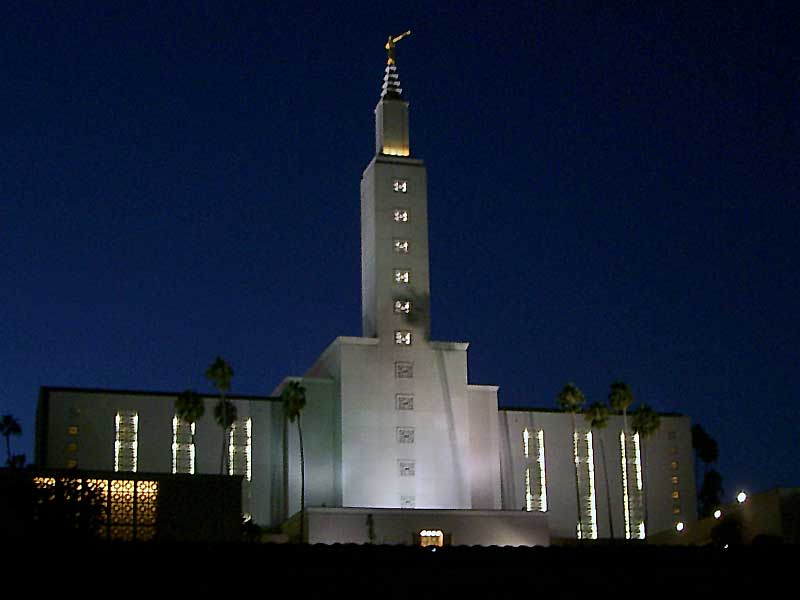
Since I’ve already mentioned the Peterson Obsession Board here, I suppose that it won’t do any more harm to respond to the latest popular attack there. (Two of that board’s emissaries have written to me directly, albeit anonymously, challenging me to answer their complaints.)
I’m a hypocrite and a fraud because _____________ . (Fill in the blank according to personal taste.) There are, of course, innumerable reasons to anonymously but publicly and repeatedly brand me a fraud and a hypocrite. In this most recent iteration of the charge, though, I’m a hypocrite and a fraud for the specific reason that, having witnessed Frenchy Morrell’s sorrow at his long separation from his wife and then, subsequently, having learned that he had died, I nevertheless didn’t act to have them sealed in the temple. So, plainly, I don’t really believe in the efficacy of temple ordinances and/or I don’t really care about such lesser folks and/or I was merely exhibiting my vanity and claiming some sort of religious superiority by relating their story. Or something to that effect.
How, it is demanded, can I explain or justify my inaction?
Here is my understanding of current Church policy, drawn from online information published officially by the Church of Jesus Christ of Latter-day Saints under the title “Submitting Names for Temple Ordinances”:
Temple ordinances can be performed for the following:
• Direct line ancestors – (parents, grandparents, great-grandparents etc., and their
families)
• Biological, adopted, and foster family lines
• Collateral family lines – (uncles, aunts, cousins, and their families)
• Descendants of your ancestors
• Possible ancestors with probable relationship example: people with the same surname
in a small town or village. . . .Requesting temple ordinances for people not related to me
Published September 16, 2020
Please do not request temple ordinances for someone you are not related to unless you have
obtained permission from a close living relative. A close relative is an un-divorced spouse, adult
child, parent, or sibling. . . .
Having received permission from a person, prior to his/her death, to perform their temple
ordnances after their death, does not qualify as getting permission from the closest living
relative. Permission from the closest living relative is still required. . . .To perform ordinances for a deceased person who was born within the last 110 years:
• The person must have been deceased for at least one year.
• You must either:
A. Be one of the Closest Living Relatives, defined as:
• An Un-divorced Spouse (the spouse to whom the individual was
married when he or she died)
• An Adult Child
• A Parent
• Their Sibling (brother or sister)
B. Or obtain permission from one of the Closest Living Relatives
Having never known nor even met any other member of Frenchy Morrell’s family, and having met Frenchy himself only once, briefly and years ago, and being neither his undivorced spouse nor his adult child nor his father or mother or brother or sister, I had no right under the rules of the Church to submit his or his late wife’s name for temple work. Moreover, I’m not only not among his closest living relatives, I don’t even know any of his closest living relatives. My contacting them out of the blue as a stranger seeking permission to perform an unfamiliar religious ritual on behalf, essentially, of two total strangers wouldn’t have made much sense to them even if I were somehow able to find those closest currently living relatives.
Temples are springing up around the globe. I’m confident that the work for Frenchy and Wanda will be done, and in the not too distant future.
This is just more disingenuous silliness from my Malevolent Stalker and his small claque over at the POB. And, of course, my response won’t make any difference to them. They’ll simply (and shortly) open up a new angle of attack. But I thought it worthwhile, at the least, to confirm my understanding of Church rules regarding the submission of names for temple ordinances. So it wasn’t a waste of time at all.


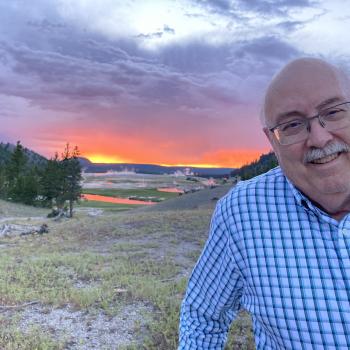
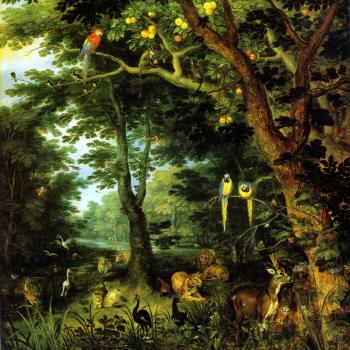

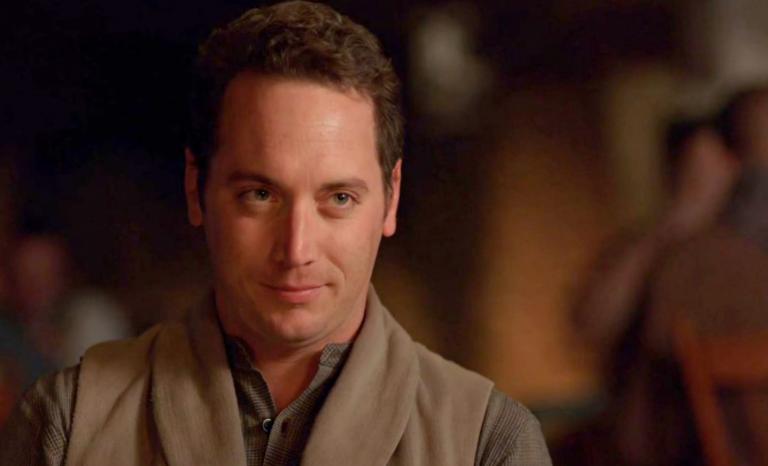
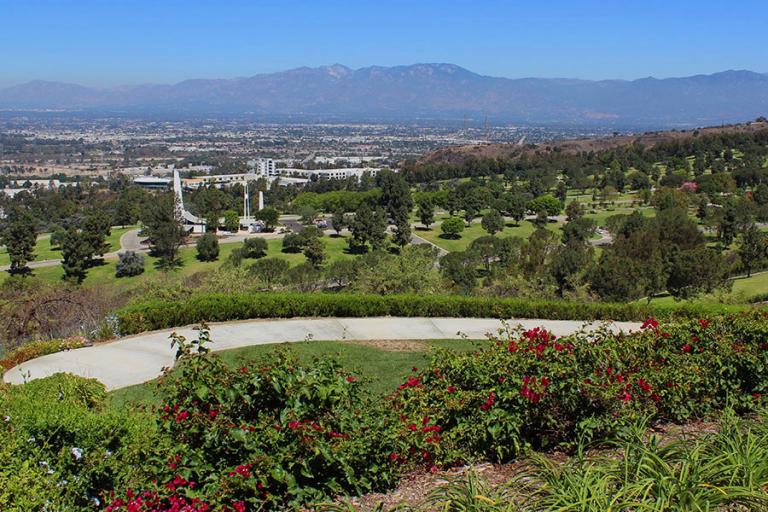
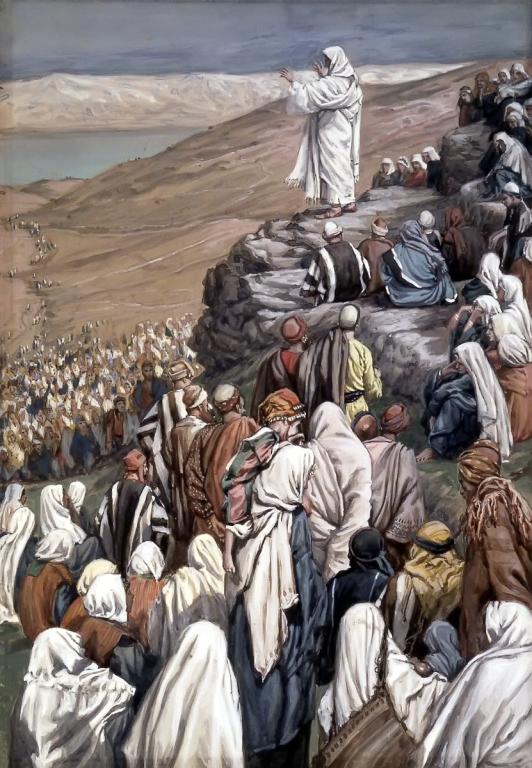

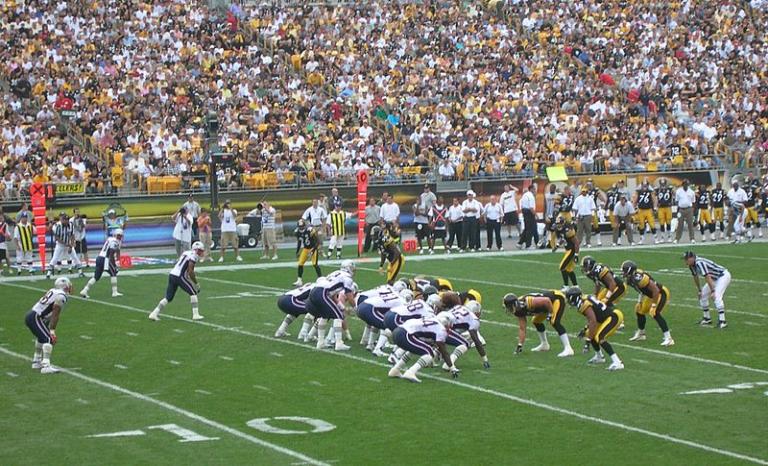
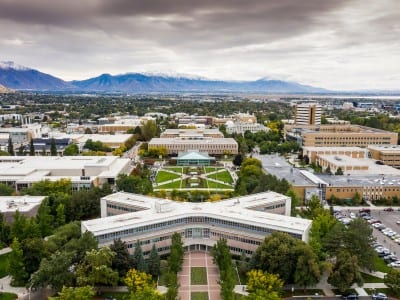
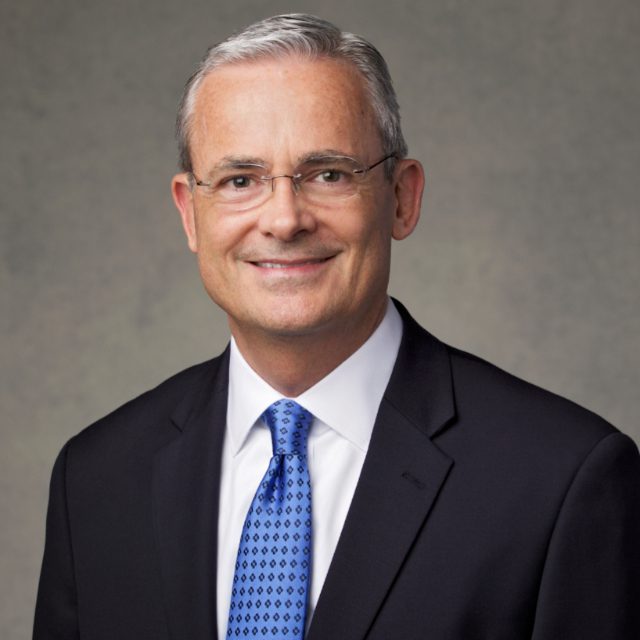
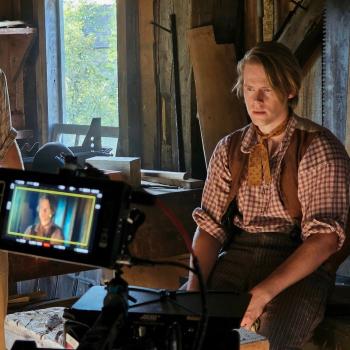
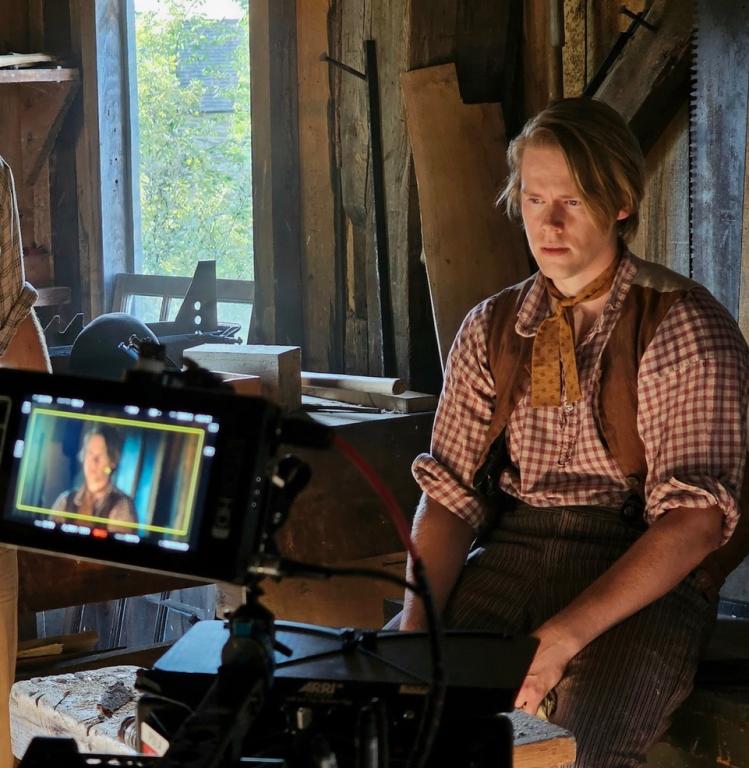


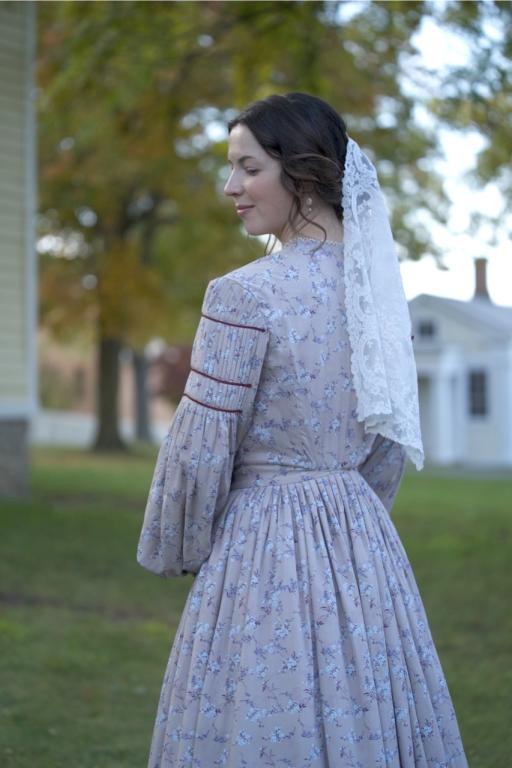
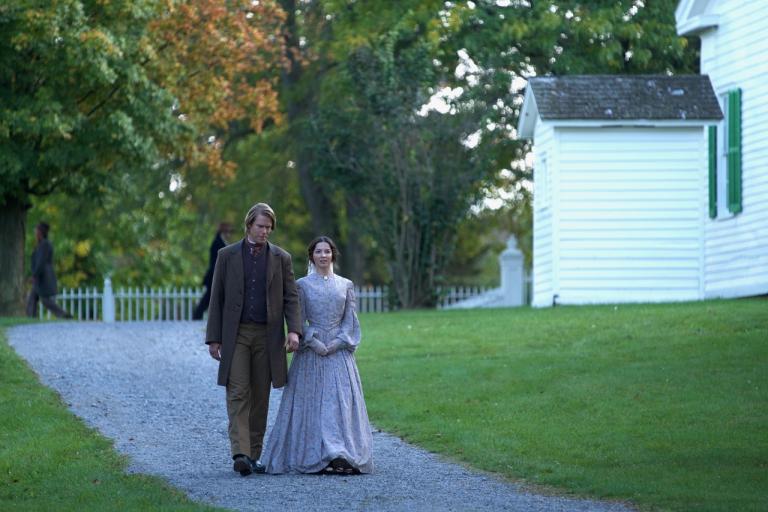
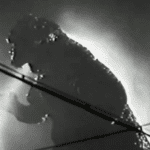


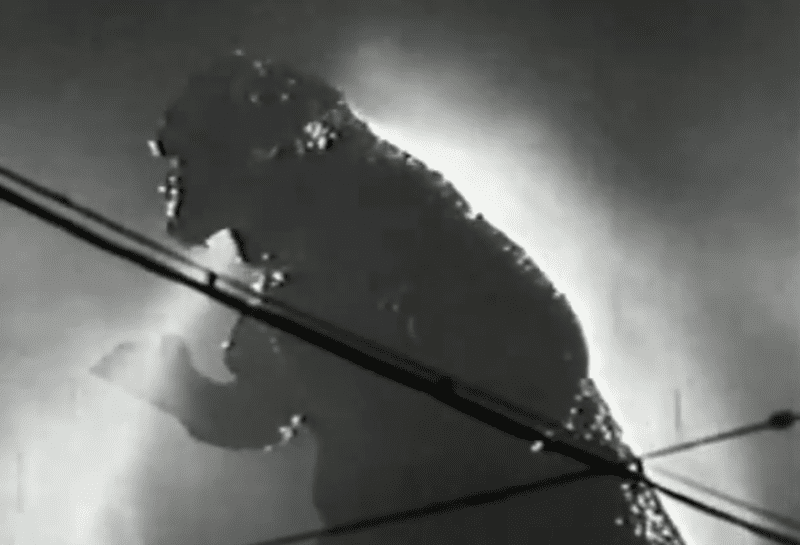
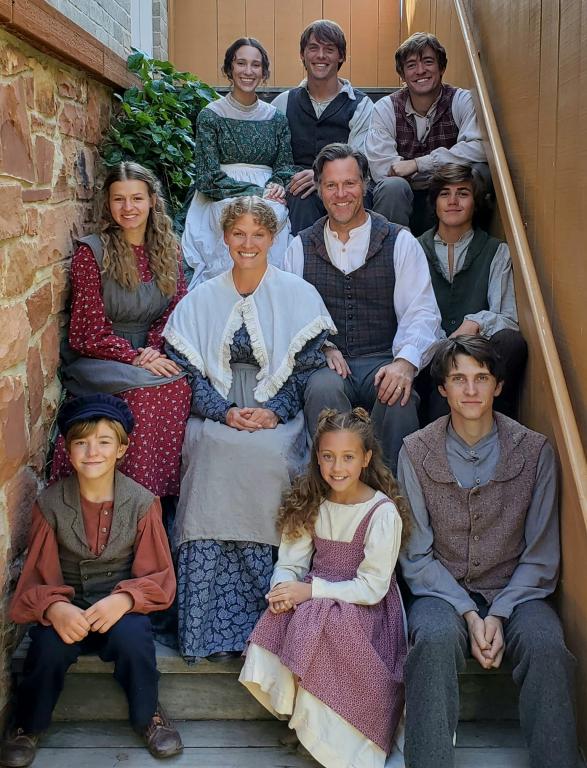
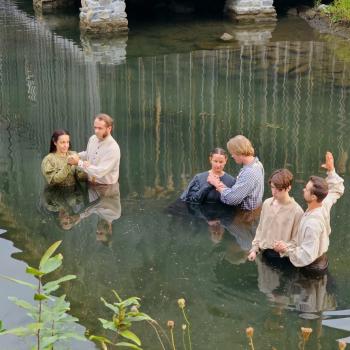
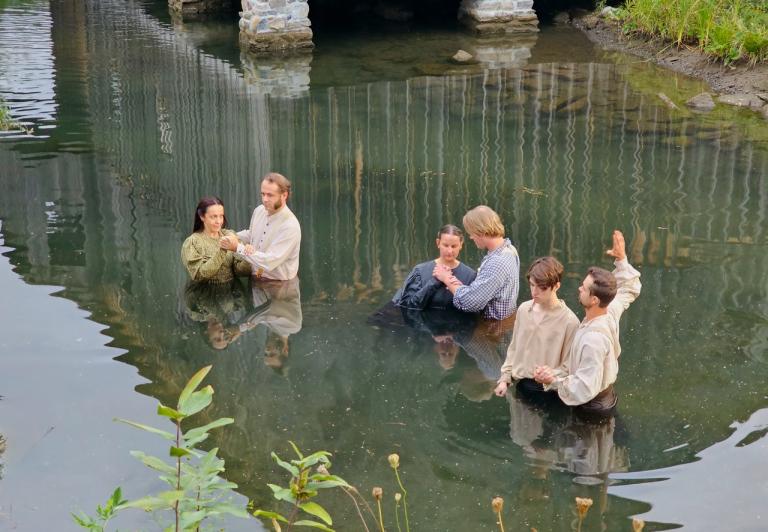
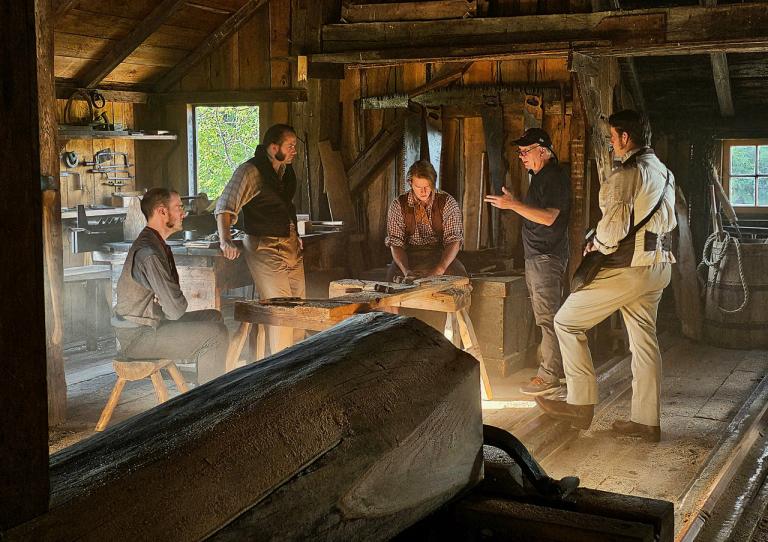
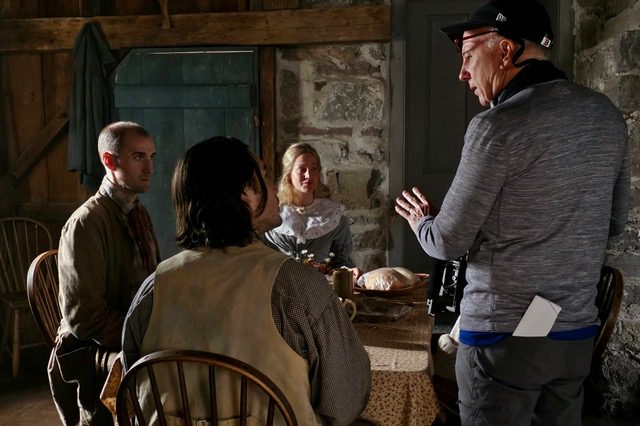
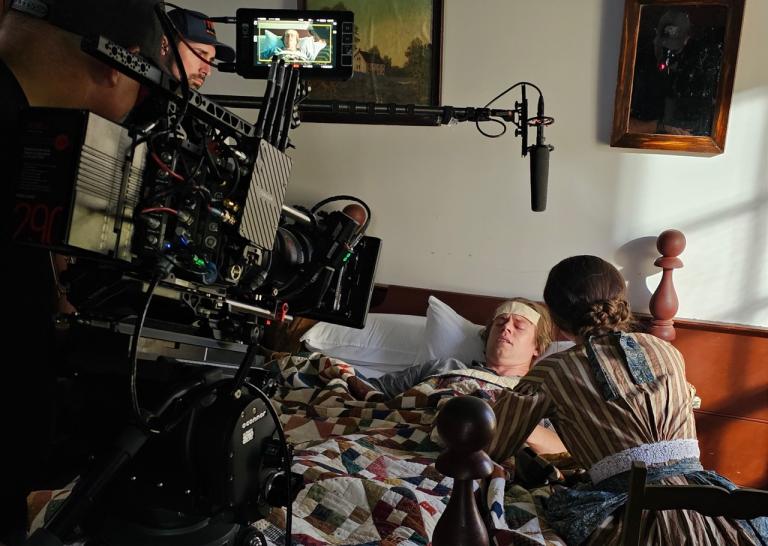
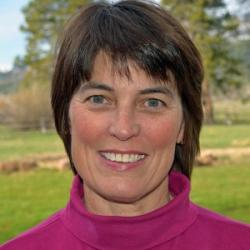
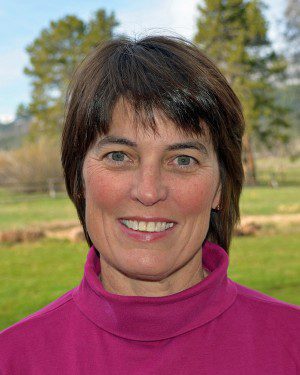
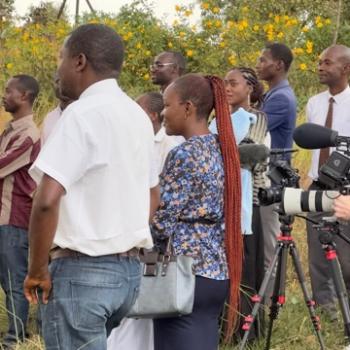
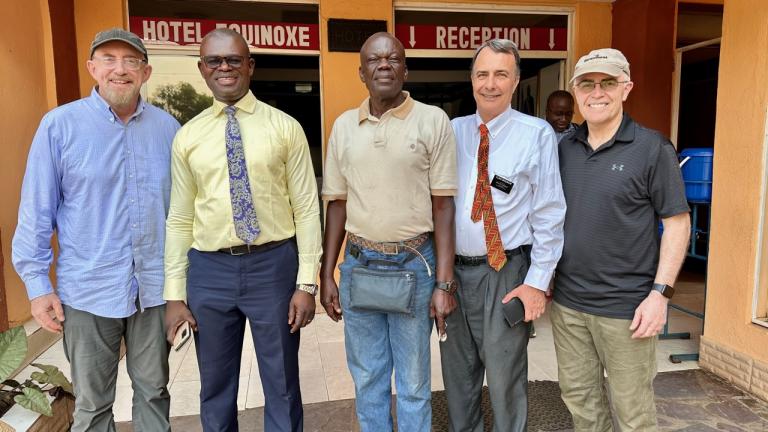
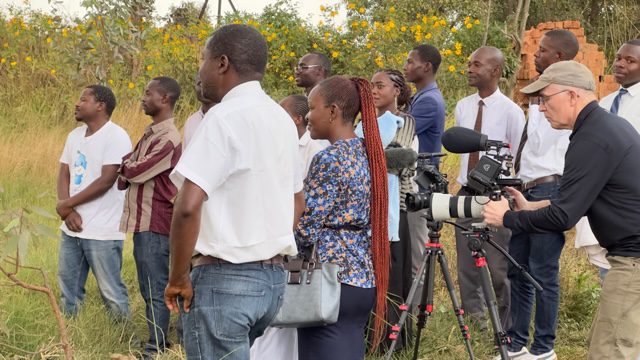
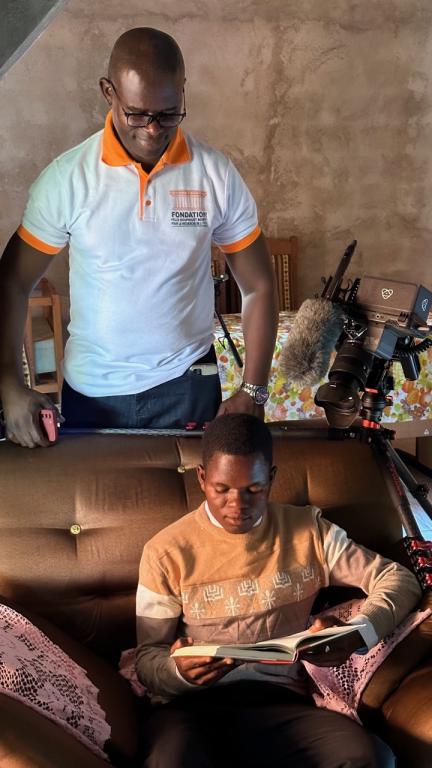
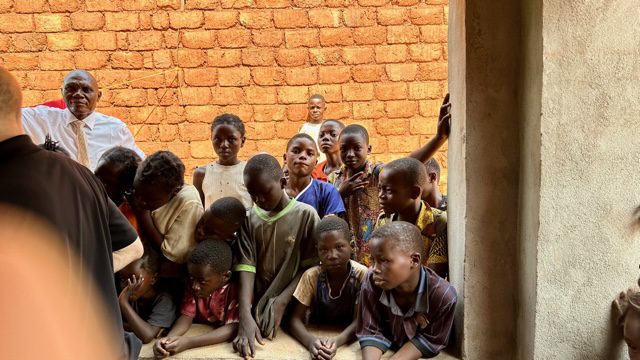
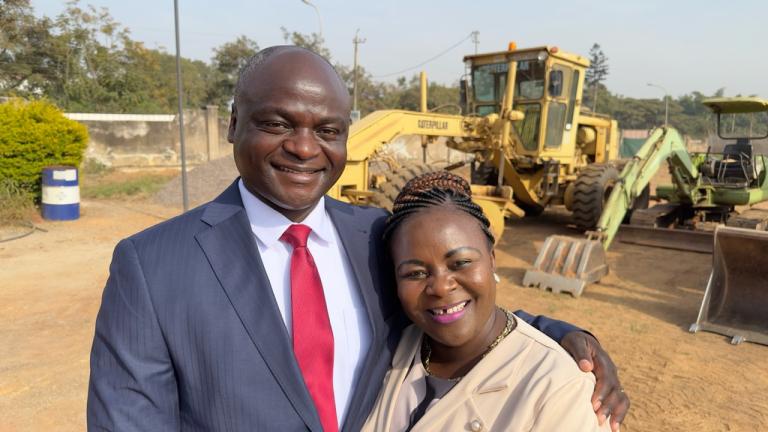
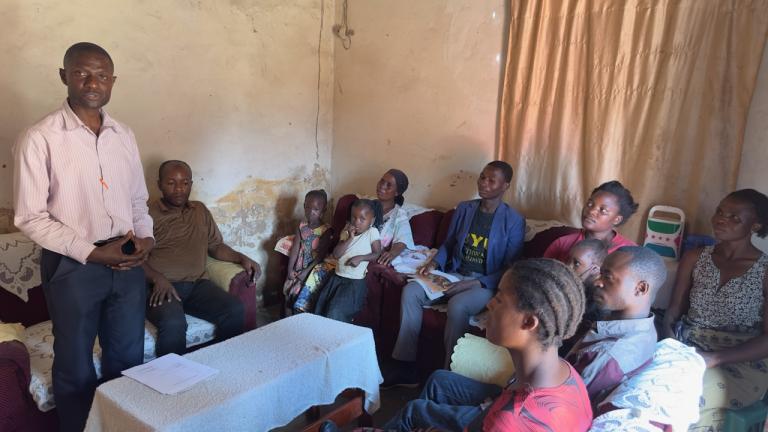
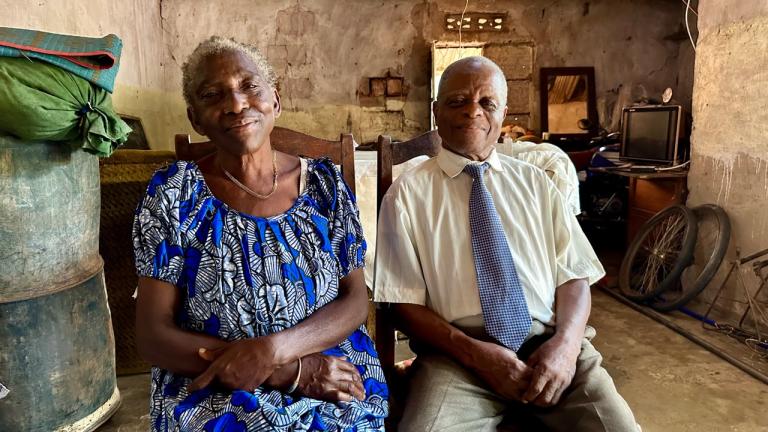
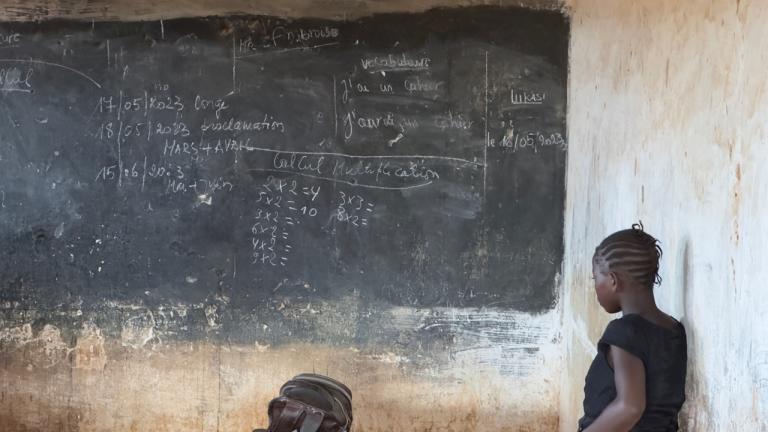
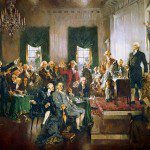

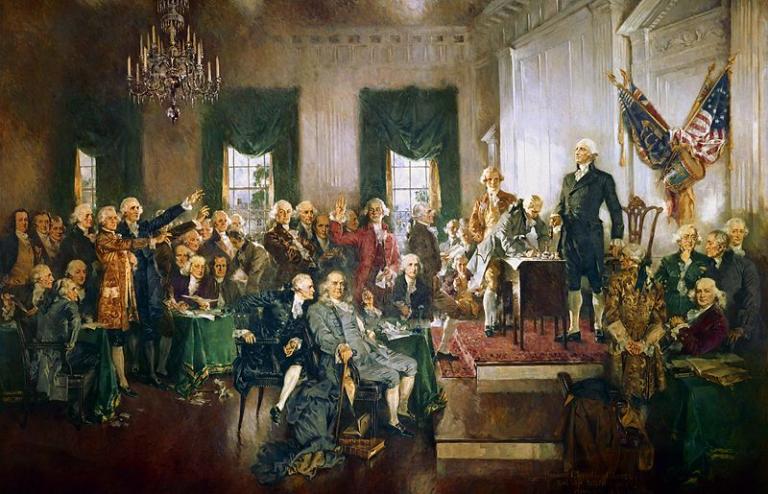
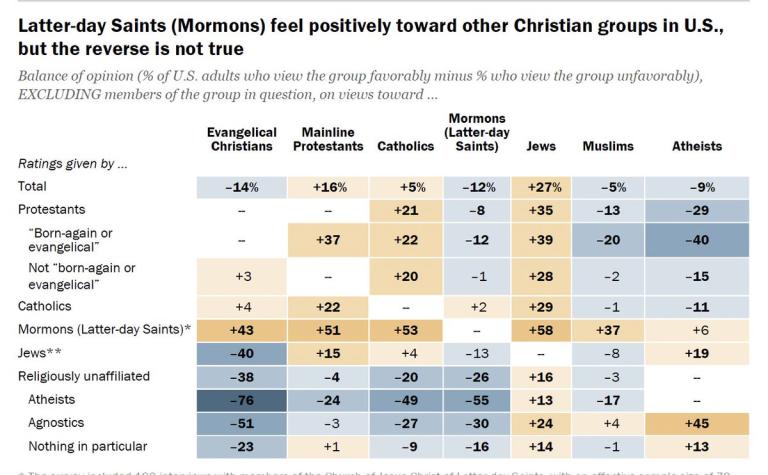









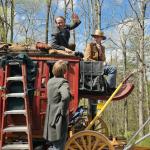
It fairly makes yer skin crawl, don’t it?